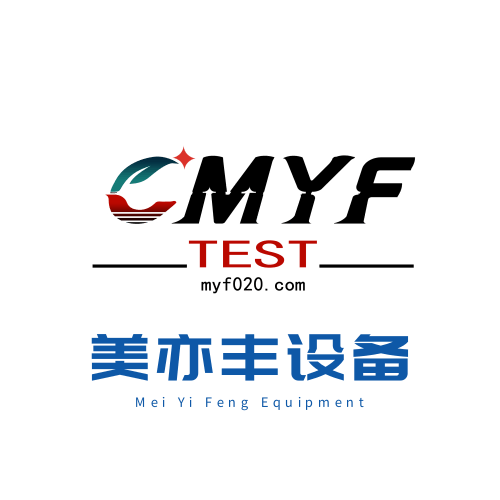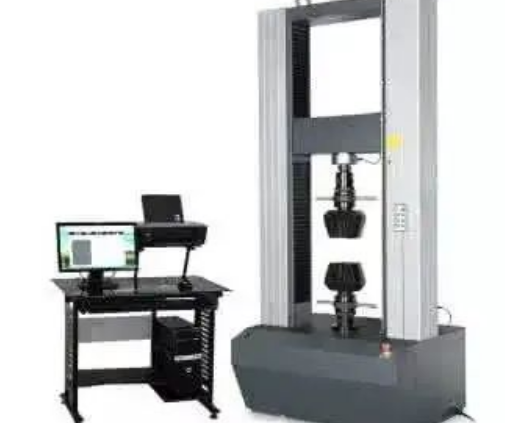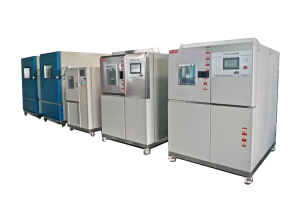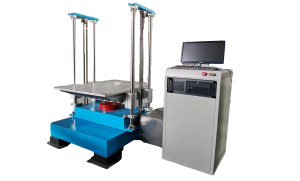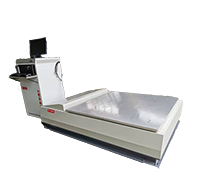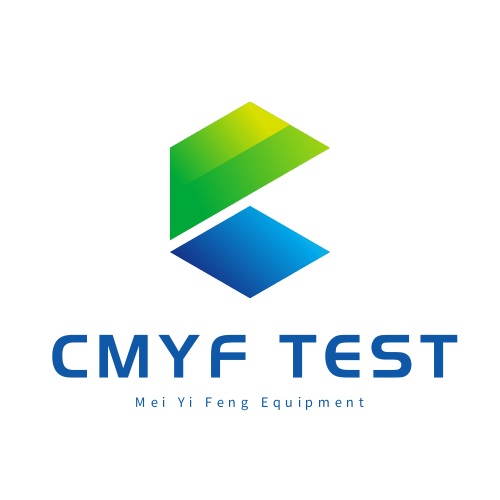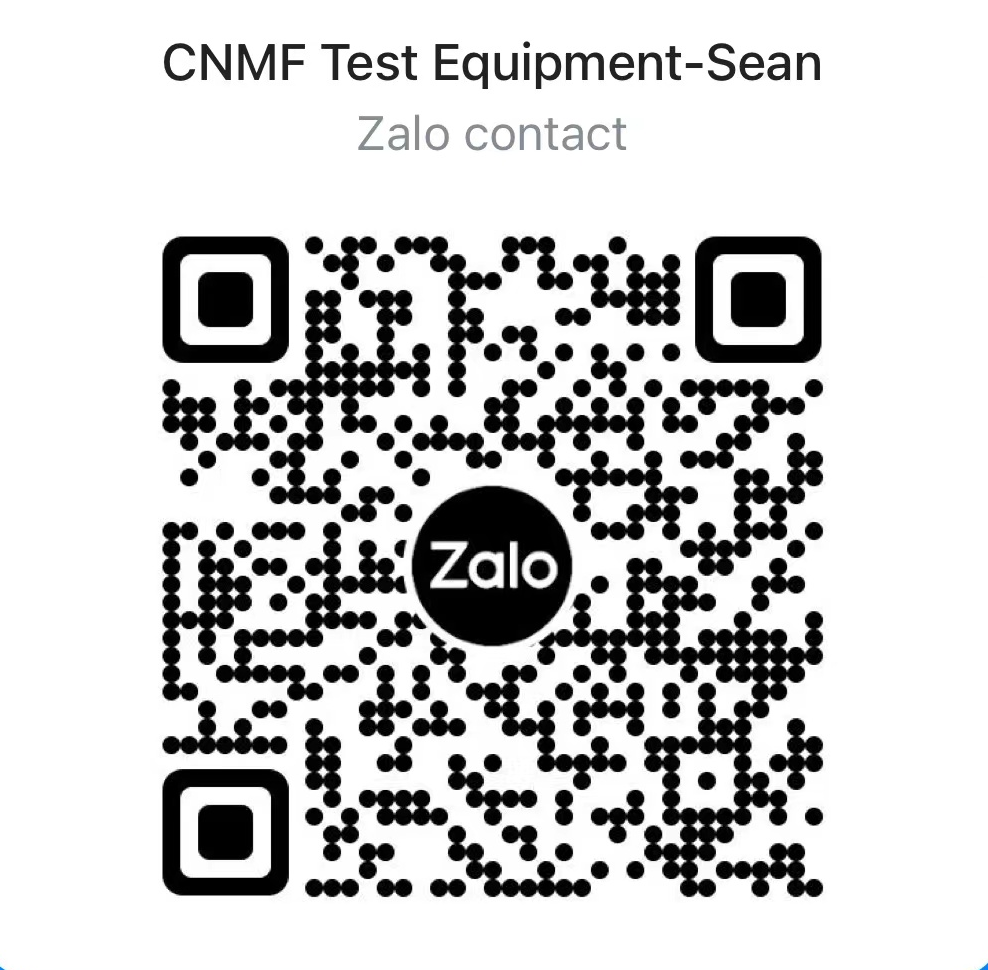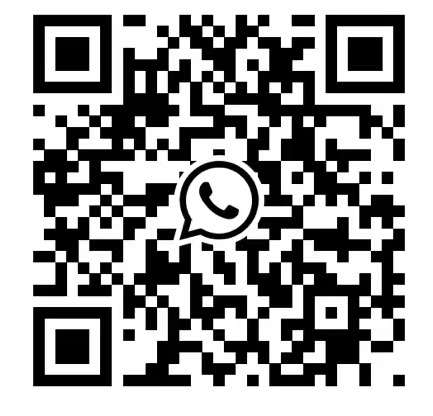Introduce the commonly used material testing machine
Understand 8 material testing machines
| Material testing machine is a precision test instrument for measuring the mechanical properties, process properties, internal defects and dynamic unbalance of rotating parts in various conditions and environments. In the process of researching and exploring new materials, new processes, new technologies and new structures, material testing machine is an indispensable and important testing instrument. It is widely used to test and analyze the static properties of metal and non-metal (including composite materials) such as stretching, compression, bending, shearing, stripping, tearing, load holding, relaxation, reciprocating and so on. |
The material testing machine can be divided into static load testing machine (static) and dynamic load testing machine (dynamic) according to the loading method.
Static testing machine
1、universal testing machine
Including hydraulic universal testing machine and electronic universal testing machine, double screw series, control, measurement, operation integrated structure into the modern advanced technology, with high precision, wide speed range, compact structure, easy operation, stable performance and other advantages.
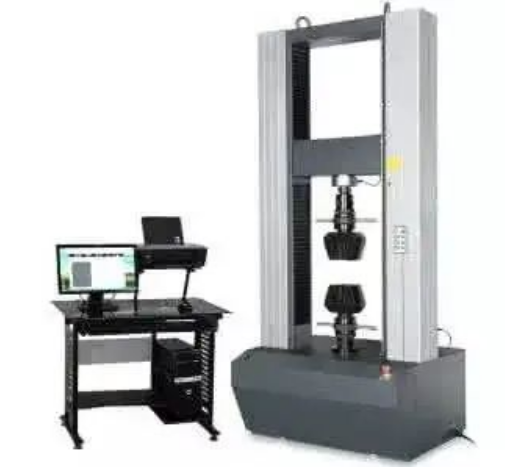
FIG. 1 Electronic universal testing machine
Applicable materials: rubber, plastic, film, adhesive, steel bar, glass, touch screen, textile, waterproof material, wire and cable, net rope, wire, metal rod, metal plate and other photovoltaic materials and clothing industry
Test items: tensile stress, tensile strength, constant extension stress, elongation at constant stress, breaking strength, elongation after breaking, yield strength, elongation at yield point, tensile stress at yield point, tear strength, peel strength, puncture strength, bending strength, elastic modulus, etc.
2、compression-testing machine
Pressure testing machine is also called electronic pressure testing machine。
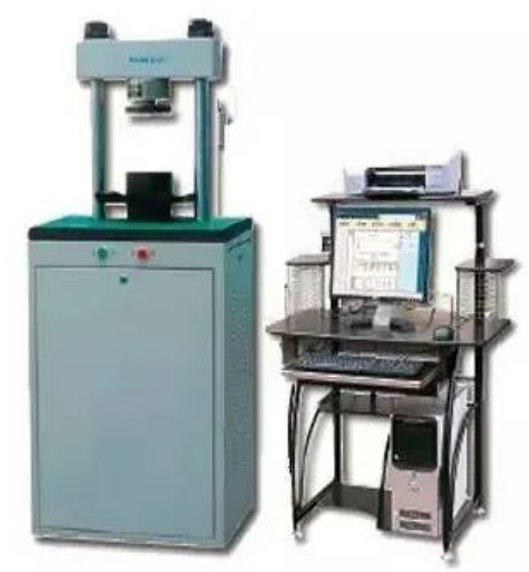
Figure 2. Pressure testing machine
Applicable materials: rubber, plastic sheet, pipe, profile, plastic film, wire and cable, waterproof coil, metal wire, carton and other materials
Test items: compression test, tensile test
Tensile test (stress-strain test) is generally the two ends of the material sample are clamped on two fixtures at a certain distance, the two fixtures separate and stretch the sample at a certain speed, and the stress change on the sample is measured until the sample is damaged.
Part structure:
- Temperature sensing rod: rotary thermocouple, temperature measurement sensitive, uniform, high precision.
Heater: Rotary heater, high power, fast heating and strong durability.
Column copper sleeve: made of brass, wear-resistant and no resistance.
Power system: Special motor is used to make the operation smooth, accurate and no dryness.
Safety protection: with emergency protection device, in case of emergency can make the machine stop or reverse.
3、tensile testing machine
Same? as universal testing machine.
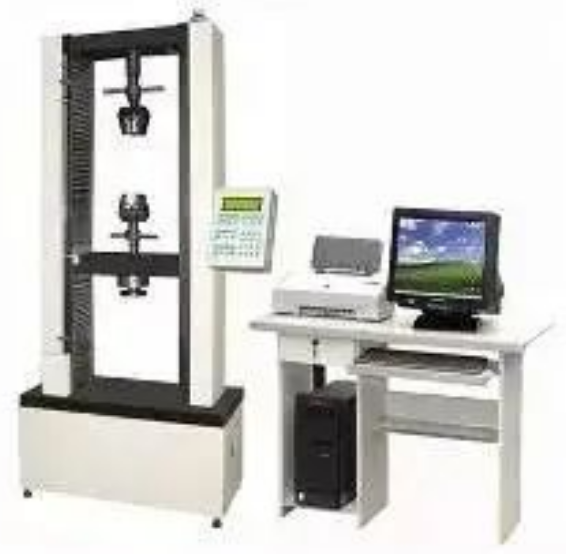
Figure 3 Tensile testing machine
Applicable materials: plastic sheet, pipe, profile, plastic film and rubber, wire and cable, steel, glass fiber and other materials
Test items: static load, tensile, compression, bending, shearing, stripping and other mechanical properties.
4、torsion testing machine
Torsion testing machine is divided into spring torsion testing machine, wire torsion testing machine and material torsion testing machine.
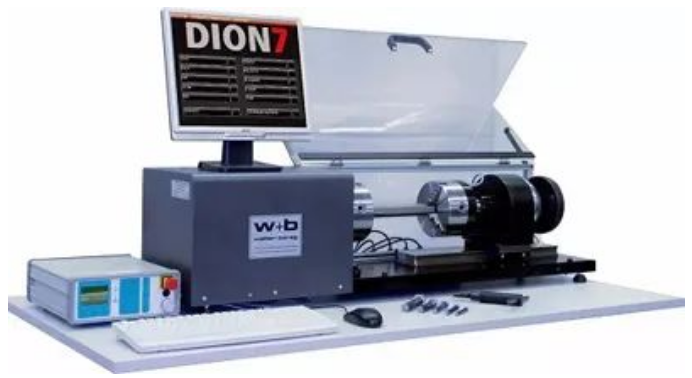
FIG. 4 Torsion testing machine
Applicable materials: metal and non-metal and parts, etc.
The metal wire torsion testing machine is suitable for measuring the ability of metal wire with a diameter (or characteristic size) of 0.1-10.0mm to withstand plastic deformation in unidirectional or bidirectional torsion and showing the defects on the surface and inside of the wire.
Test items: torsional performance test, maximum torque, torsional strength, upper yield strength and lower yield strength.
5、creep tester
The creep endurance testing machine is divided into mechanical type and electronic type according to structure and principle; The mechanical type is the traditional product, and the electronic type is a new product developed in recent years.
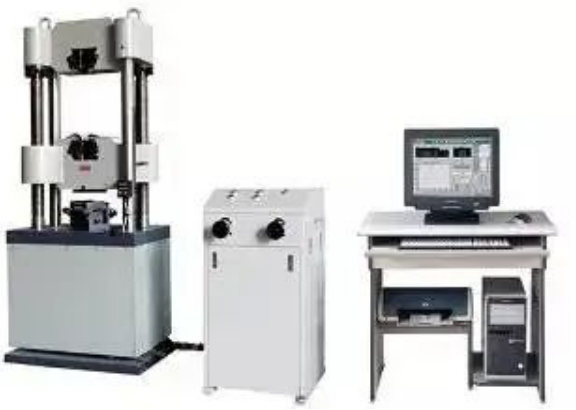
FIG. 5 Creep testing machine
Applicable materials: metal, non-metal materials, etc
Test items: tensile, compressive endurance, creep, relaxation test and low cycle fatigue and creep fatigue test.
Dynamic testing machine
1. Dynamic and static universal testing machine
The main machine of dynamic and static universal testing machine adopts double column structure, the maximum static load is 5KN, the maximum dynamic load is 2.5KN, and the measuring range is 2-100%.
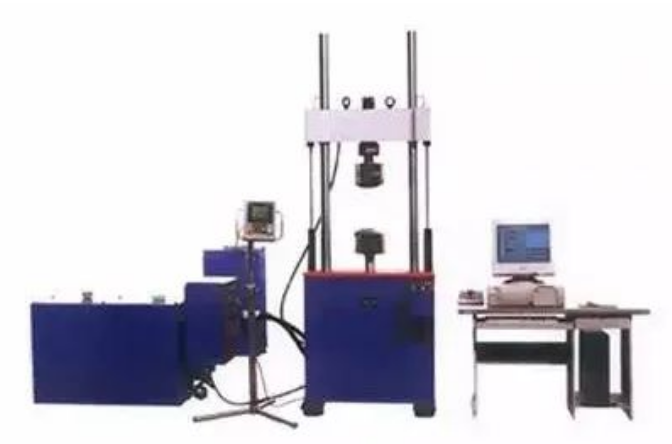
Figure 6 WS-100 electro-hydraulic servo dynamic and static universal testing machine
Functional features:
(1) The main machine adopts double column structure;
(2) symmetric cyclic fatigue tests should be carried out on metal and non-metallic materials. At the same time, it can also carry out static tensile and other related tests;
(3) The measurement and control system adopts AD850 universal test card and ATOS servo valve, which can realize the automatic control of the whole process of the test and all keyboard operation;
(4) With load, displacement, deformation three control modes and smooth conversion function between control modes, automatic acquisition and processing of test data, draw test curve, print test report
Applicable materials: various materials, parts, elastomers, rubber elastomers and shock absorbers, etc
Test items: tensile, compression, bending, low cycle and high cycle fatigue, crack propagation, fracture mechanics test
fatigue machine
Fatigue testing machine is a machine that can test fatigue in various ways. According to the test frequency, it can be divided into low-frequency fatigue testing machine, medium-frequency fatigue testing machine, high-frequency fatigue testing machine and ultra-high-frequency fatigue testing machine.
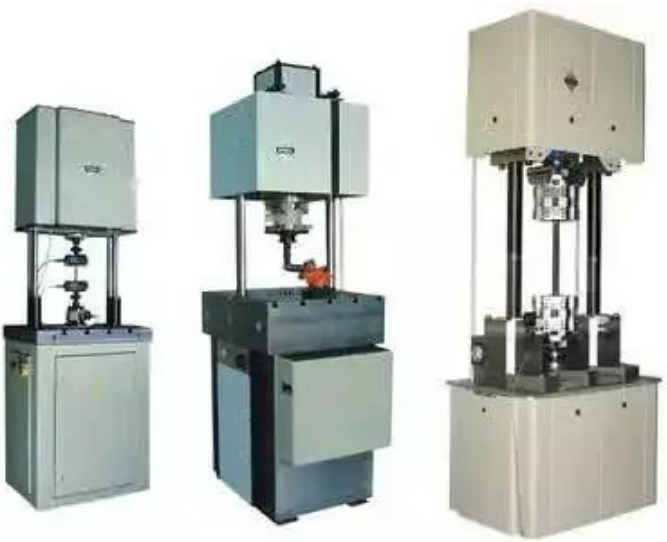
Figure 7. High frequency fatigue testing machine
Applicable materials: metal, alloy materials and components (such as operating joints, solid joints, spiral motion parts, etc.)
Test items: Fatigue characteristics, fatigue life, prefab crack and crack propagation tests at room temperature under tensile, compression or alternating tension and pressure loads
Note: The fatigue test of composite materials can not be carried out with electromagnetic high-frequency fatigue testing machine, because the electromagnetic type is driven by the principle of electromagnetic resonance, and is related to the rigidity of the sample, so the composite material can only be driven by the motor fatigue test.
impact tester
Impact testing machine (English name: impacttesting machine) refers to the material testing machine that exerts impacttest force on the sample and carries out impacttest. Impact testing machine is divided into manual pendulum impact testing machine, semi-automatic impact testing machine, digital impact testing machine, microcomputer control impact testing machine, drop weight impact testing machine and non-metal impact testing machine.
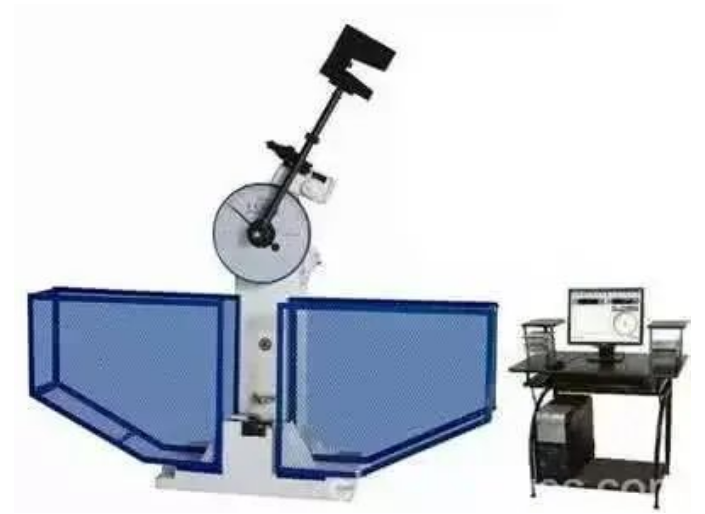
Figure 8 Impact testing machine
Applicable materials: metal, non-metal materials
Test item: impact test
Scope of application:
(1) Material selection and new material development; (2) metallurgical product inspection and control; (3) process quality supervision; (4) Toughness assessment under various conditions; (5) One of the important indicators of metallurgical product delivery.
Guangzhou Meiyifeng Test Equipment Co., Ltd. is located in the beautiful Lotus Mountain corner of Guangzhou, is a set of laboratory equipment, system engineering research and development, manufacturing, sales, service as one of the professional high-tech enterprises. The main production of temperature and humidity, acoustics, optics, electricity, mechanics and product reliability testing test equipment, the division with advanced processing equipment, superb manufacturing technology, strict management system, strong technical strength and good after-sales service to meet the different needs of customers. Products comply with GB, GJB, ASTM, DIN, JIS, CNC, UL, MIL, IEC, ISO and other standards, but also according to customer requirements design, development, manufacturing non-standard products.
We hope to share our knowledge and new technologies in these fields with you, and we welcome your questions. ??
Every expert of Guangzhou Meiyifeng test equipment is our think tank, you can read the opinions of experts from different directions of Guangzhou Meiyifeng test equipment in this account. Please do not begrudge the “invitation” in your hand, let us make progress together in sharing.
We also welcome you to pay attention to us and learn more about us.
Give it a thumbs up when you see it!

